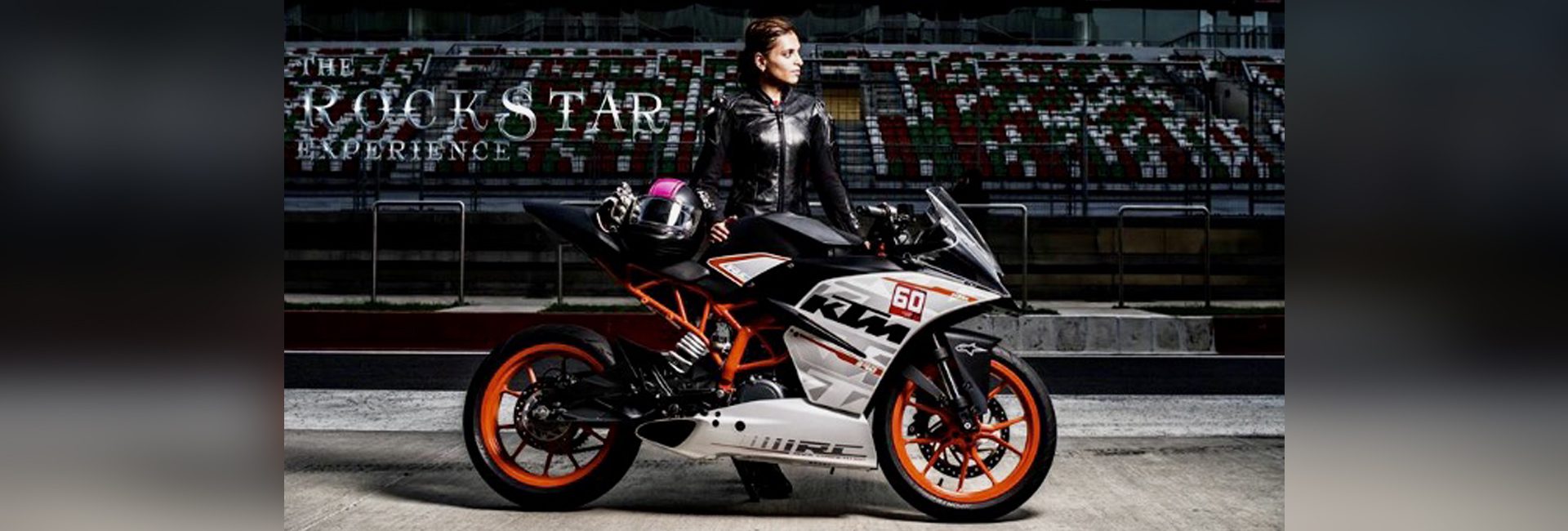(June 1, 2022) The international music scene is currently in a phase of discovery, with neo genres and interesting never-before-heard songs. Born of this experimentation is the keenness to embrace the sounds that come from across the globe. Indian artists, backed by their longstanding traditions and the willingness to innovate, are proof of how far the country’s sonic landscape can go. Never before have as many independent Indian artists been seen on international platform… and it seems their tribe is increasing. Global Indian puts the spotlight on four talented artists who have roots in both places, India and abroad.
Raveena Aurora, American singer
A soft-spoken 27-year-old from Massachusetts, Raveena Aurora became the first Indian woman to perform at Coachella, 2022. She gained a following after her first debut EP, Shanti, was released independently in 2017. Her first album, Lucid, was released independently in 2019 and distributed through Empire Distribution. After signing with Warner Records, she released her second album, Asha’s Awakening in February 2022 which rose to acclaim.

Raveena Aurora
The youngster, who was raised between Queens and Connecticut by Sikh parents, creates music that is comforting but nuanced, balancing cultures old and new. Her music is a mashup of contemporary R&B with traditions from the South Asian diaspora. Growing up with Bollywood soundtracks, Ella Fitzgerald and Nina Simone side by side, Raveena began writing songs at 13 and experimenting with different genres. Inspired by soul queen Minnie Riperton and Indian jazz fusion star Asha Puthli, Raveena worked for years on her melismatic runs.
Speaking to NPR during an interview, the Indian artist said, “I love to see it being embraced by the mainstream audience and not just, you know, stuff that we share between us. It becomes validated in that way, because it’s not just this thing that we’re importing constantly from South Asia — it’s a thing that we’ve taken and claimed, and now we’re running with it.”
Aditya Prakash, vocalist
An award-winning vocalist known for his powerful and emotive voice, Aditya Prakash is a young virtuoso of Carnatic music, and one of the youngest musicians to tour and perform with Ravi Shankar at the age of 16. The musician has collaborated with leading innovators and Indian artists, including Anoushka Shankar (he was featured on her Grammy-nominated Traveler); Armenian pianist Tigran Hamasyan (working together on a new album planned for release in 2021); Asian Underground artist Karsh Kale, and most recently the acclaimed dancer, choreographer Akram Khan (in his final solo work, XENOS, touring internationally from 2018-2021).

Aditya Prakash
In 2010, the Indian artist founded the Aditya Prakash Ensemble, a group that frames Aditya’s highly ornamented, stylized and emotive Carnatic vocal style around jazz instrumentation. Indian classical music and jazz seem poles apart but on closer look they share very many similarities in their philosophy and approach. Both are centered around improvisation, dialogue and spontaneous “creative flow” to inspire the direction of the music. The Ensemble brings together musicians of different backgrounds to dialogue, crafting a profound result: a melding of seemingly disparate cultures coming together to create one unique language.
Arushi Jain, Indian-American music producer
A singer, pianist, and modular synthesist with an unorthodox vision of that centuries-old tradition, Arushi Jain aka Ose, produces music that’s rooted in the colours and virtuosity of the Indian culture she adores. After spending first 18 years of her life in India, the San Francisco-based music producer started her career as a software engineer at Reddit.

Arushi Jain
Indian composer Arushi Jain weaves her diasporic identity into this notion of timely ragas. Her debut album, Under the Lilac Sky, was composed for the sunset and it blends Ose’s training as an Indian classical vocalist with modular synth work. In 2019, the musician released her own label, Ghunghru. The Indian artist, who started training at the age of eight, routed her programming brain towards electronic music, while she was studying in the US. It was there that she discovered the world of sound synthesis. “Modular synthesis can be intimidating for anyone without a background in physics or electronics, but for a programmer this under-the-hood approach makes sense. I was instantly in love with modular synthesis because it fits the way I think,” she said during an interview.
Rehan Dalal, music composer
Rehan Dalal is one of the lucky few who has been able to struck the elusive work-life balance. During the day, Dalal goes through the motions of a nine-to-fiver as a web developer in Toronto. At night, though, his soul musician alter ego comes alive and brings with it a remarkable transformation that includes a slick pompadour, thick rimmed glasses, a fitted red tuxedo with a waistcoat in place, and if the occasion demands, a bowtie.

Rehan Dalal
Born in Mumbai, the young Rehan discovered a love for the sound of a keyboard. The Indian artist, who moved from Mumbai to Canada in 2005 to pursue a degree in computer science, eventually picked up a guitar and began writing songs. Though he probably missed a lot of classes Rehan was able to make some incredible songs, one of which – Walk With Me – was among the top 10 India radio hits (2013). The Toronto-based musician, who loves to be on stage, has done several national and international performances, including gigs at NH7 Weekender (Bengaluru, Delhi and Pune). He was also spotlighted as a featured artist at the 28th Toronto International Jazz Festival.



